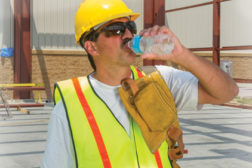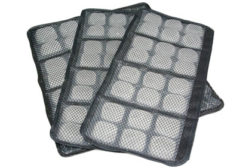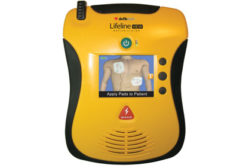Environmental Health and Safety
CDC partners with 104 employers for National Healthy Worksite Program
Initiative aims to prevent chronic disease, improve worker productivity, control health costs
June 12, 2013
Court rejects industry challenge to styrene inclusion in carcinogen report
NTP met criteria
June 11, 2013
Sun smarts: Protecting workers from UV rays
Skin cancer is the most common form of cancer in the United States
June 7, 2013
Become a Leader in Safety Culture
Build your knowledge with ISHN, covering key safety, health and industrial hygiene news, products, and trends.
JOIN TODAYCopyright ©2025. All Rights Reserved BNP Media.
Design, CMS, Hosting & Web Development :: ePublishing










